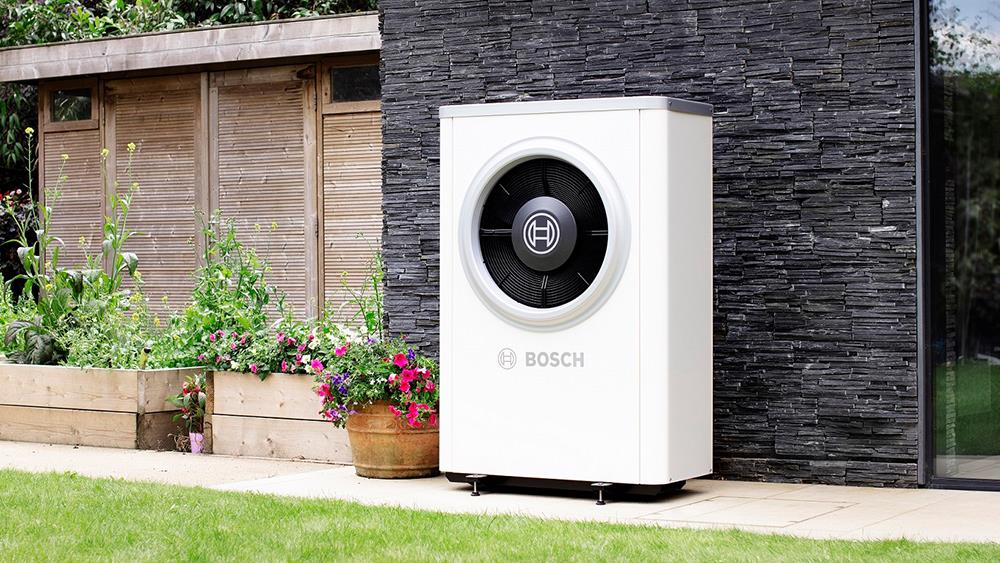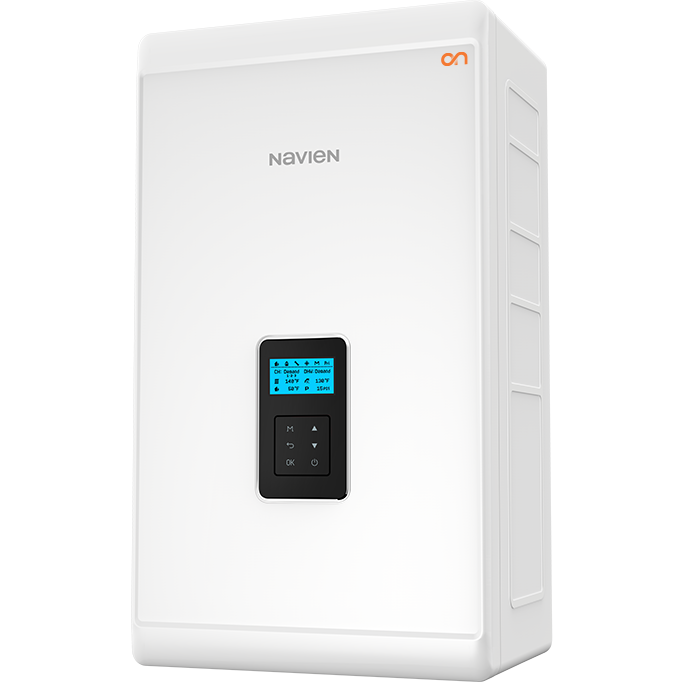Should You leave your heating On All day?
, Many say the answer to saving money and energy is keeping a modest, consistent warmth around the clock. It sounds quite reasonable, doesn’t it? Why let your house go cold and have your boiler run extra to reheat it?
But is this truly wise advice, or is it a myth disguised as wisdom? This issue has developed as energy prices reach dizzying heights. It’s about learning to strike the careful mix of preserving your cash, keeping your house warm, and being gentle on the earth. We will untangle the strands of this complicated heating dilemma in this article, exposing the facts that will enable you to make the best, wisest decision for your home.
Call today for a free survey and Quote on your New Boiler 01274317169
Heating Efficiency: Myths, Reality, and Half-Truths
Regarding heating your house, the advice you will get is usually a complex web of contradicting ideas. The most tenacious belief is that running your heater on low all day long is more affordable than turning it off and on. Surface-wise, this makes great sense—after all, a consistent temperature should, ideally, entail less labor for your boiler. The reality is significantly more complex.
Debunking the Myth
Most homes—especially those lacking top-notch insulation—do not support this view under close inspection. Your house is always losing heat from every nook, crevice, wall, roof, and window when your heating is running nonstop. Your boiler hums along using more fuel than required to offset this. This relentless cycle of heating and cooling wastes rather than saves energy.
The Science of Energy Consumption and Heat Loss Dynamics
By nature, heat is always on the move, traveling from warmer to cooler climates. This implies that the warmth your heating system creates in your house is always seeking to flee to the colder outside world. If your house does not have enough insulation, this process happens rapidly and causes major heat loss as well as an equally big impact on your energy bills.
Your boiler is driven into an unending cycle of turning on and off to sustain that constant temperature when you keep your heating on continuously. Energy is consumed every time it starts to run, and over time—especially in a poorly insulated house—this can build up into a significant quantity of lost energy. Your boiler works harder, increasing energy costs and burning through fuel like there is no tomorrow, the faster your home loses heat.
Comparative Deep Dive: Intermittent vs. Continuous Heating
Regarding heating plans, you basically have two options: continuous heating, in which case you keep the heat on all day at a lower degree, and intermittent heating, in which case you turn the heat on just as needed. Let’s break out these strategies and evaluate which one would be best fit for your particular circumstances.
Intermittent heating
Turning on your heating system just during the times you really need it—like early morning before you get up or in the evening when you go home. This technique is known as intermittent heating. Since you’re not wasting energy heating your house when it’s not absolutely required, this approach is often more energy-efficient. Programmable thermostats let you create exact timetables, thereby improving intermittent heating. Your heating can turn on 30 minutes before you get up and turn off once you get out for work. It can then kick back just before you go home to guarantee comfort without needless energy consumption.
Continuous Heating
Continuous heating works on the idea of maintaining a constant low temperature in your house all day. In homes with great insulation, where heat loss is low, this method can be more effective. Your boiler won’t need to continuously cycle on and off. It is more energy efficient in such well-insulated surroundings because the energy needed to keep a steady temperature may be shockingly low. Rather than scrounging to recover lost heat, which can be less stressful on your heating system over time, it works steadily to maintain warmth.
The Role of Insulation in Heating Efficiency
The degree of success of any heating system—intermittent or continuous—hinges mostly on the insulation quality of your house. A strong barrier, insulation stops heat from your house from escaping. Less energy will be required to keep your house toasty the better your insulation.
- In a well-insulated house, heat loss is maintained to a minimum, so continuous heating may maybe a good alternative. These dwellings are excellent in keeping warmth. Hence the energy needed to maintain the heating on a low level could be on par or even less than the energy needed for intermittent heating.
- In contrast, homes with insufficient insulation will rapidly lose heat whether or not the heater is running continually. Under these circumstances, intermittent heating is usually the better option. Since maintaining the heating on all the time would entail constantly compensating for the lost heat. Hence driving skyrocketing energy consumption and bloated prices.
Recommendations of Energy Saving Trust and Expert Opinions
One of the leading authorities on energy efficiency, the Energy Saving Trust strongly counsels against the habit of running your heating continuously. Their studies highlight the advantages of using your heating just when it is really required—by shutting it off when you are not at home or when you are asleep. You may greatly cut your energy consumption. They underline the significance of programmable thermostats or smart heating systems that provide exact control over the temperature of your house, so guaranteeing effective use of energy and just necessary consumption.
Although the Energy Saving Trust’s stance is unambiguous, some analysts offer a more complex picture, especially when talking about homes with outstanding insulation. Some heating professionals contend that leaving the heating on a low level all day in these well-insulated homes could potentially be more effective. One important point of agreement, though, is that quality insulation is absolutely crucial in the effort to lower energy use regardless of the heating method you use.
Take a look at this blog for some great energy saving tips.



